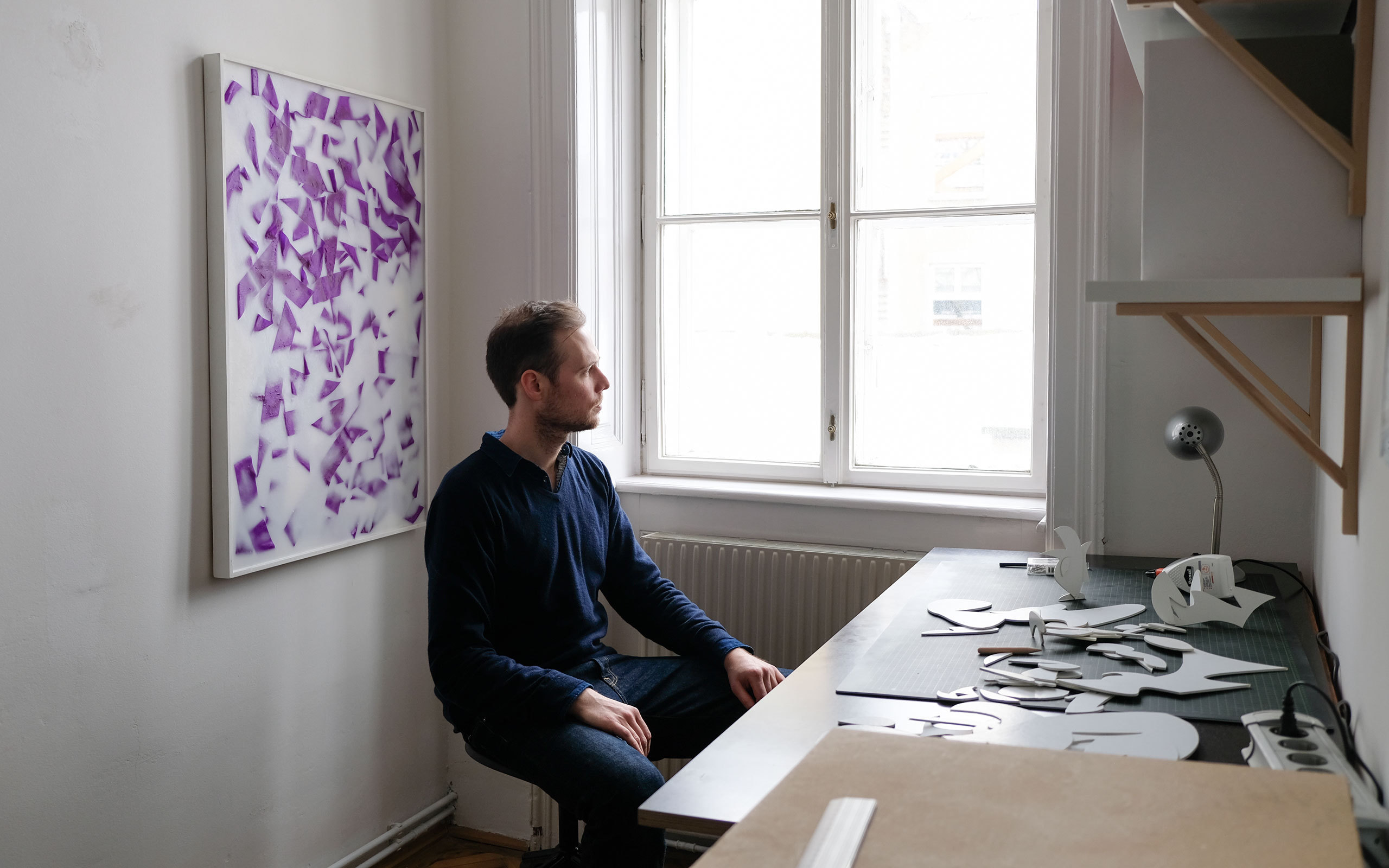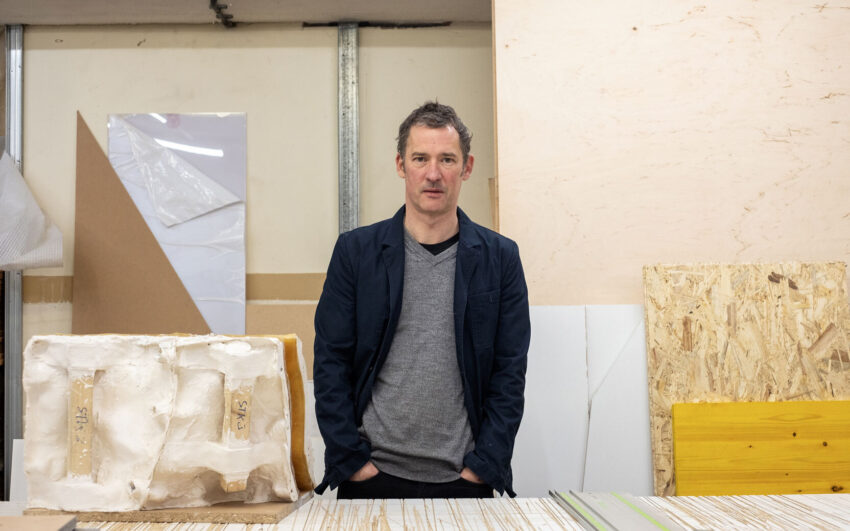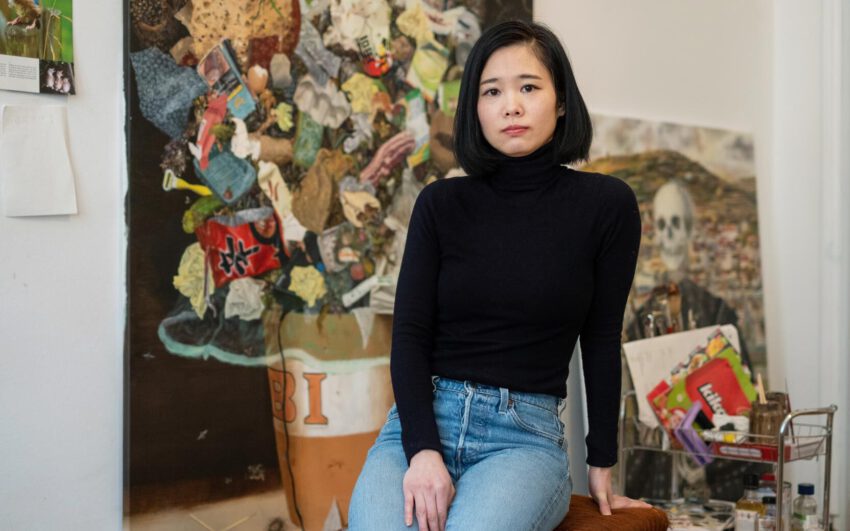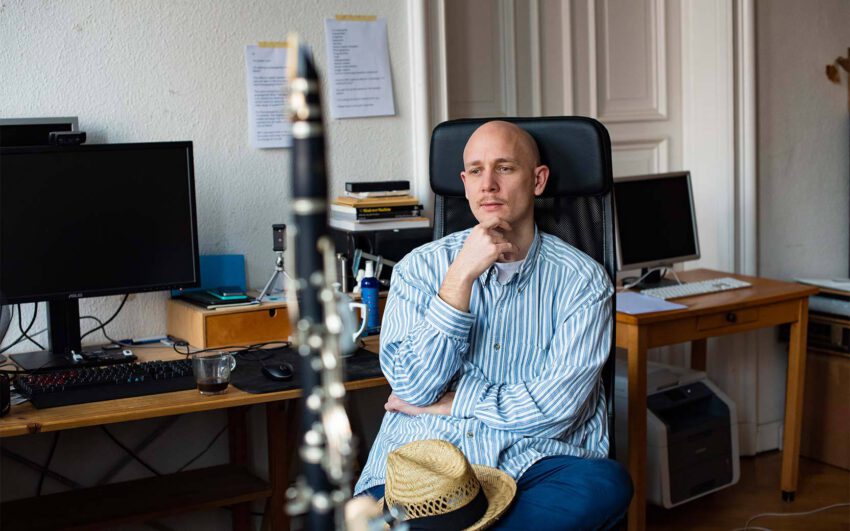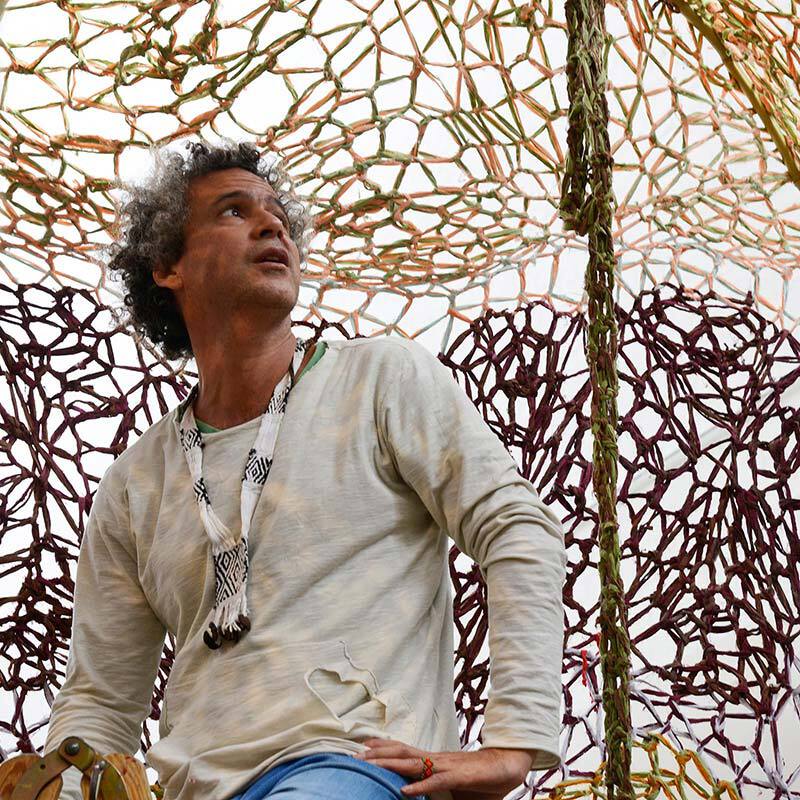Andy Boot’s work straddles the awkward gray area between the physical and the digital. In his equally conceptual and poetic objects and paintings the artist manages to manifest ideas, places, and processes which would otherwise stay hidden in a world all too often blindly relying on technology. We spoke to Andy Boot about moving from Australia to Austria, his fascination for Blockchain and, of course, about the conceptual underpinnings of his work.
Even though we’re in your physical studio right now and your actual artworks are all around us I want to start off by talking about the virtual space, more specifically your website, which gives the impression as if it was not just hosting your portfolio of work but making an artistic statement by itself.
Yes, online presence is something I’m quite aware of and I have developed some strong views on the topic – for instance I decided to quit Facebook a year and a half ago. On my website you have two spaces which are supplying different variables. In the background you have changing images like installation views or detail shots, and in the foreground are images of my work. By having these two elements at play I’m exploring how we navigate spaces and interact with content. Another element is the viewer’s device. The question of what makes an image is a big part of my practice and so that was also in my mind when I went about making the website.
The Internet is not only a place to present your work, though, but also a topic that informs your practice.
It’s a really interesting loop to look at in my work. We are constantly uploading and downloading things into and from this space – it’s a data overload. We are limited with time but we have so much information at our disposal and we are constantly adding to it. And then there is the serotonin reprogramming that is happening through social media which, I think, is more dangerous than most of us are aware of. On the other hand, there is my research into Blockchain, which I have been deeply engaged in for several years now. It’s something I’m quite excited about, both on a personal level and conceptually. My last show at Galerie Emanuel Layr, for instance, was based on White Papers, which are the conceptual underpinnings of Blockchain projects.
And how does your art come into this situation? Do you try to intervene?
I don’t think my practice is trying to tell people what they should think or do. That’s not interesting to me. Instead my work, like a lot of art, is like a time capsule. I pick up fragments and details of our current situation and bring them from the ephemeral world of the internet into physical space. The merging of these two spaces is something I am very interested in.
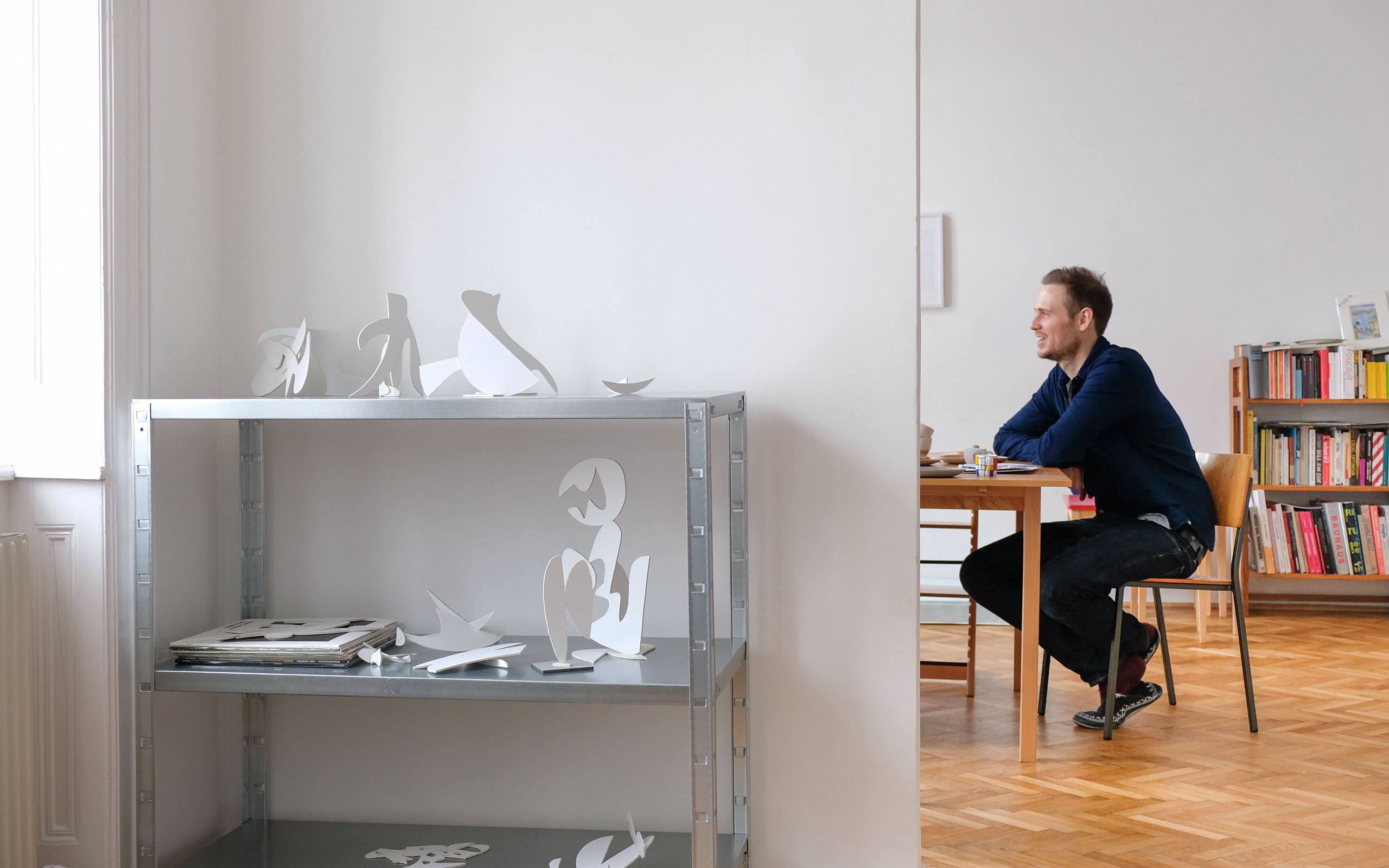
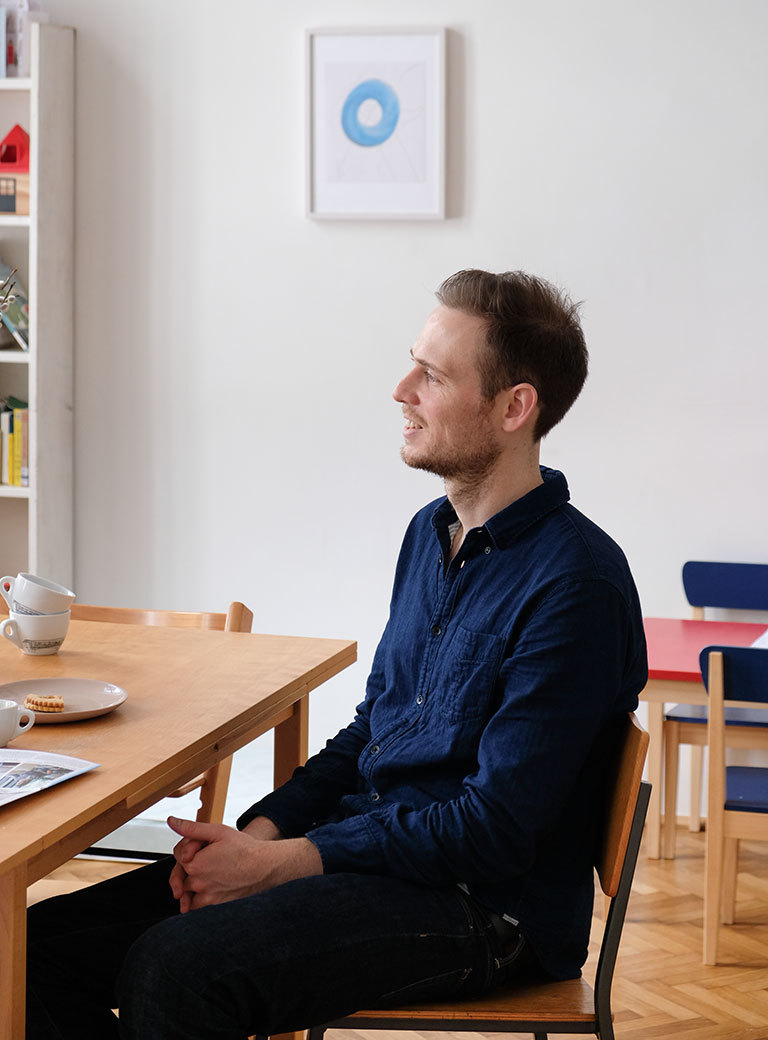
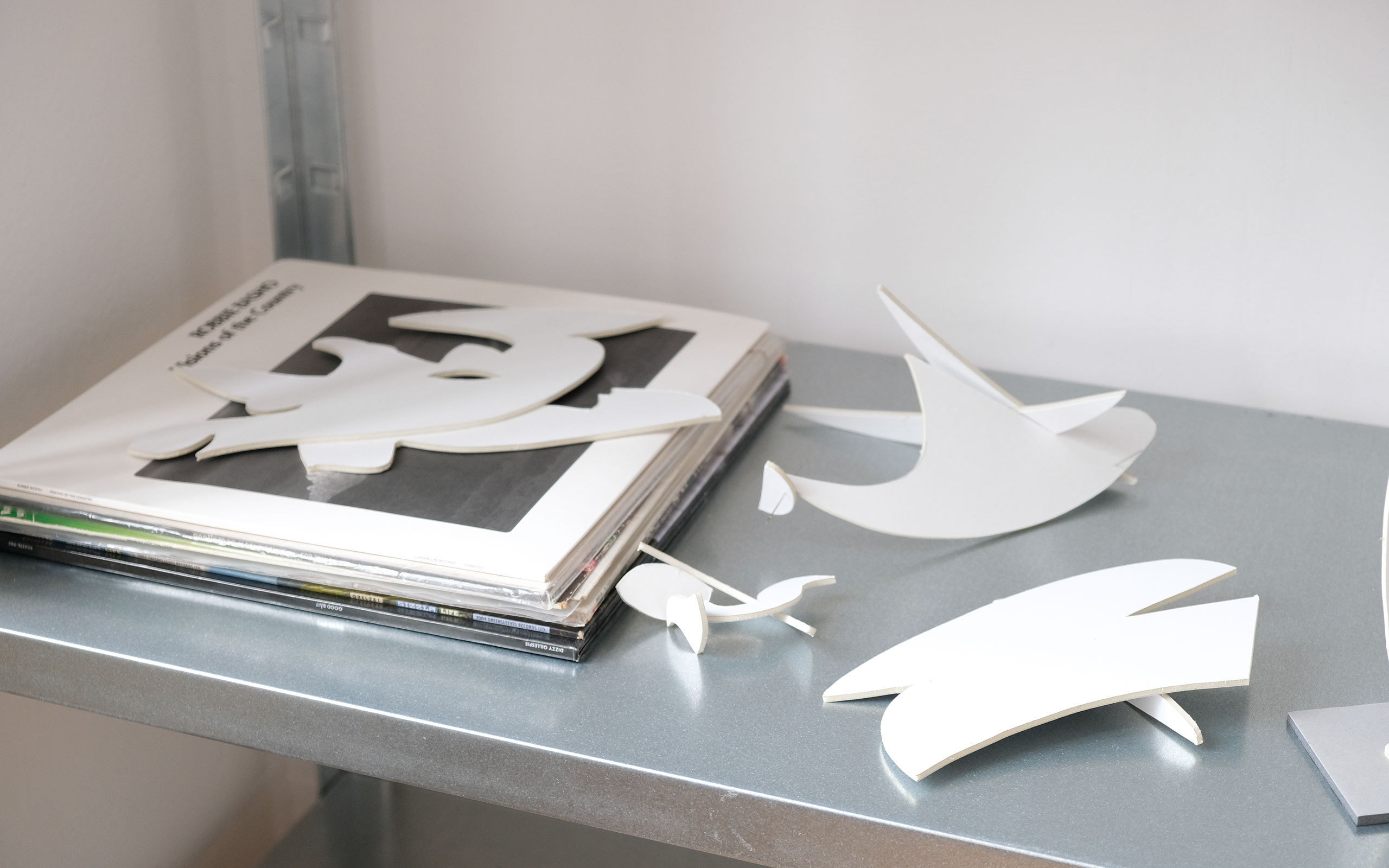
You deal with all these intangible aspects in your practice and, still, most of your work consists of physical objects. How do you go about translating data into something you can put into a gallery?
Most of the time is spent on research, and digesting the information that I have gathered. Later on my practice focuses on putting the pieces together and letting the work play out from there. This way of working has always been my approach.
On your desk you have a few models for your Cosmic Latte sculptures. I was wondering if you might have created the most average artwork in the world…
(laughs) Yes, maybe they are the most ‘beige’ artworks in the universe. Again, I did a lot of research for this body of work but I didn’t know how they were going to behave until later on. My intention was to create something that everyone can connect to, so I used the average color scientifically calculated from 200,000 galaxies and cut out parts of images from the Internet which I found that color in. I am now assembling this palette of shapes I have built into sculptures.
The color itself is a sort of beige. Is that where the name Cosmic Latte comes from?
It’s funny that the researchers at John Hopkins University who did that study would have almost included in their dataset the shades and depth of the universe into their calculation. That would have resulted in the average color being a mint green. I had this in the back of my mind when creating sculptures based on data without depth.
Which effect are you trying to achieve with a work like Cosmic Latte? What are you trying to make viewers think or feel?
I feel my work should be accessible, no matter on which level the viewer is stepping into it. It’s important that people can get different experiences out of it. All I want to do is offer opportunities and leave it up to the viewers how deep they want to go and how much they want to feel. It’s certainly possible to dive down the rabbit hole, because there is so much research and content behind works, but it’s not the only level to interact with them.
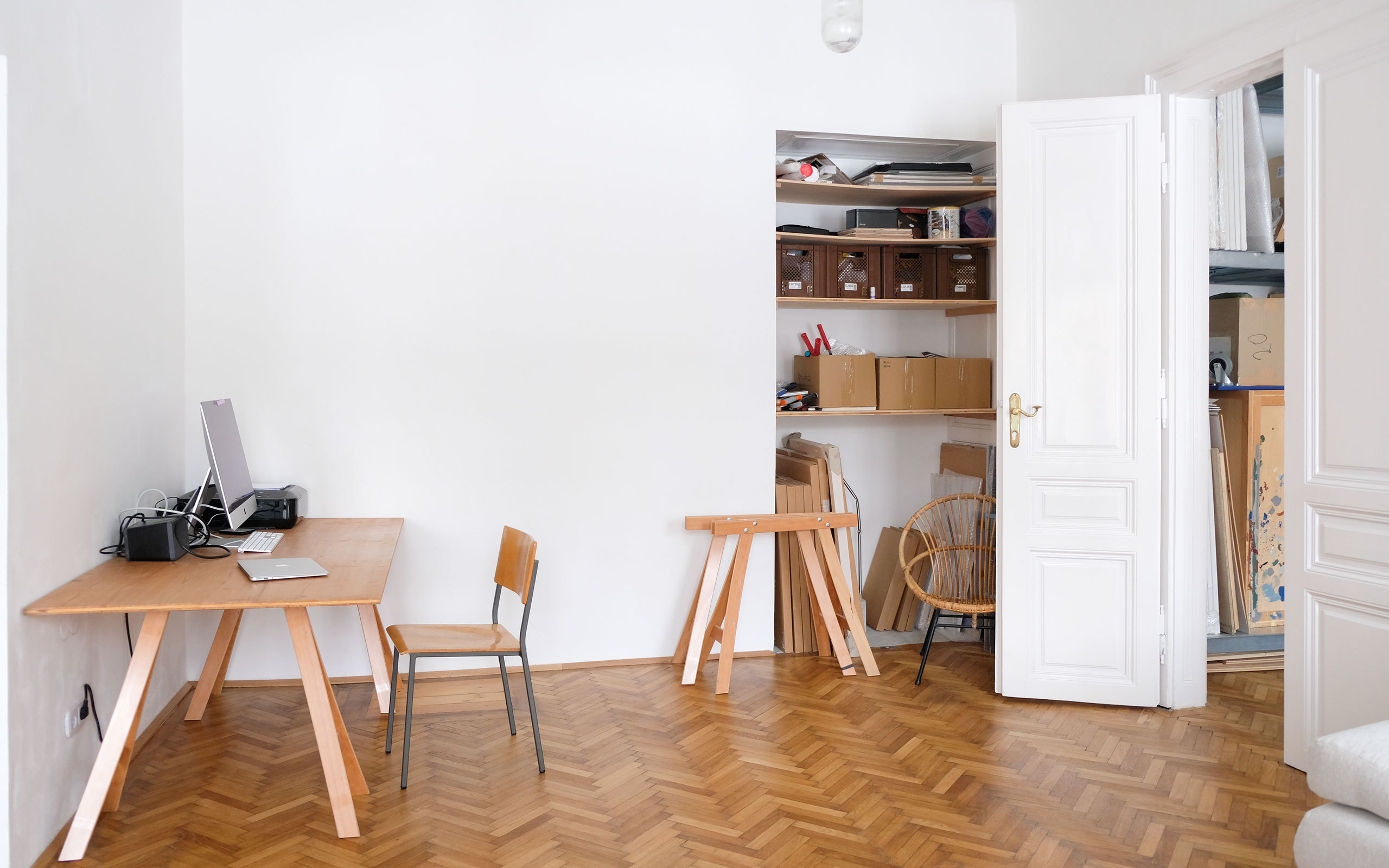
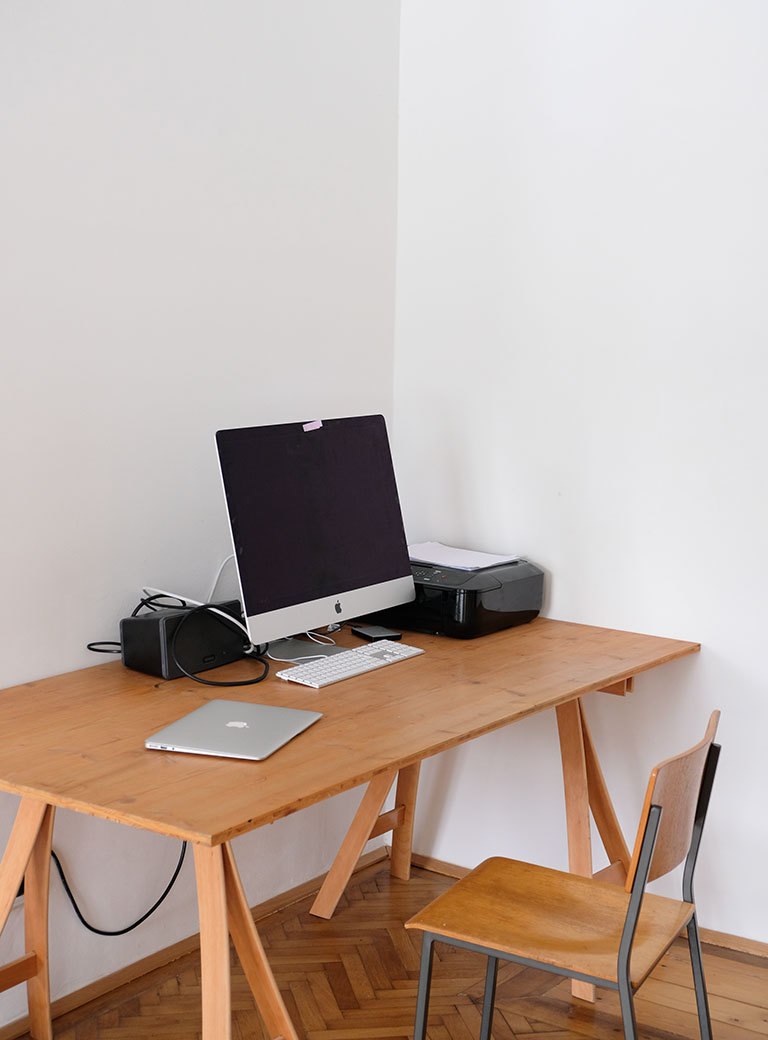
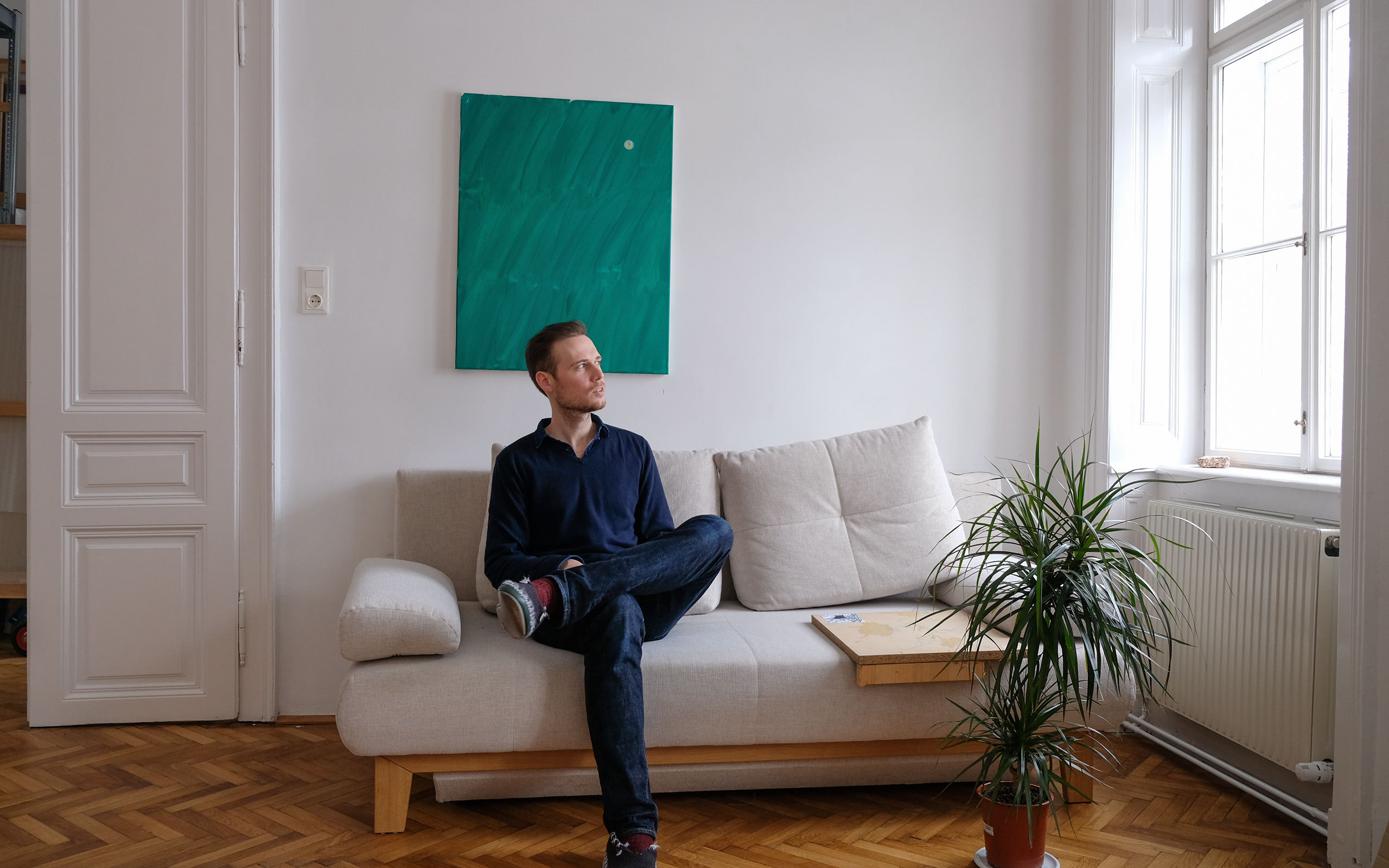
So which role do your actual artworks play in regards to the whole context of research you build around them?
My answer might change tomorrow but right now I see the physical objects I make as a prompt. A prompt that might not hit you immediately but will travel with you and resonate at some point. The last thing I want to do is create an audio guide for what the viewer should be experiencing.
Do you have an ideal surrounding for a piece in mind while you make it?
It’s important to me that my objects can start different conversations in different surroundings and among other objects. The Cosmic Latte works, for example, are the strongest when they are outdoors. They are autonomous objects in themselves. For exhibitions, I enjoy creating moments that present viewers the opportunity to interact with different viewpoints. The exhibitions I enjoy the most are the ones that open up the possibility for new experiences and create a certain euphoria. Experiencing a show like that happens rarely, but we all can recall those moments.
You are originally from Australia. How come you ended up in a place that’s halfway around the globe in order to make your art?
I had a residency with Kultur Steiermark in Graz and met a nice Austrian girl. (laughs) The way art studies are in Austria really appealed to me, so after another residency in Norway I returned to Austria to study under Heimo Zobernig. And from there on things just fell into place. Australian art feels like British art 30 years ago: lots of portraits, lots of landscapes. It’s very different from the situation in Europe and it felt rather limiting to me. So I’m glad to be here.
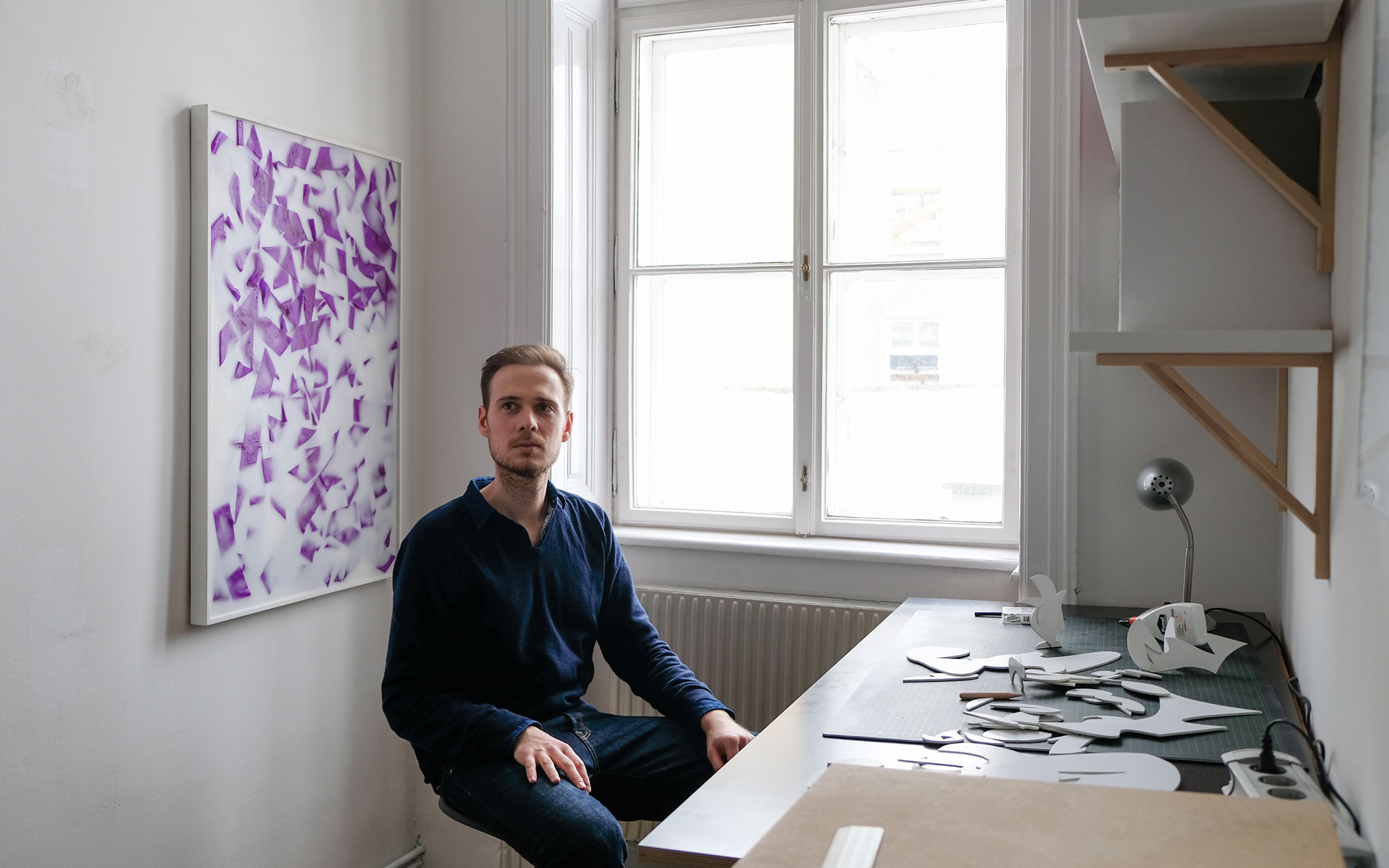
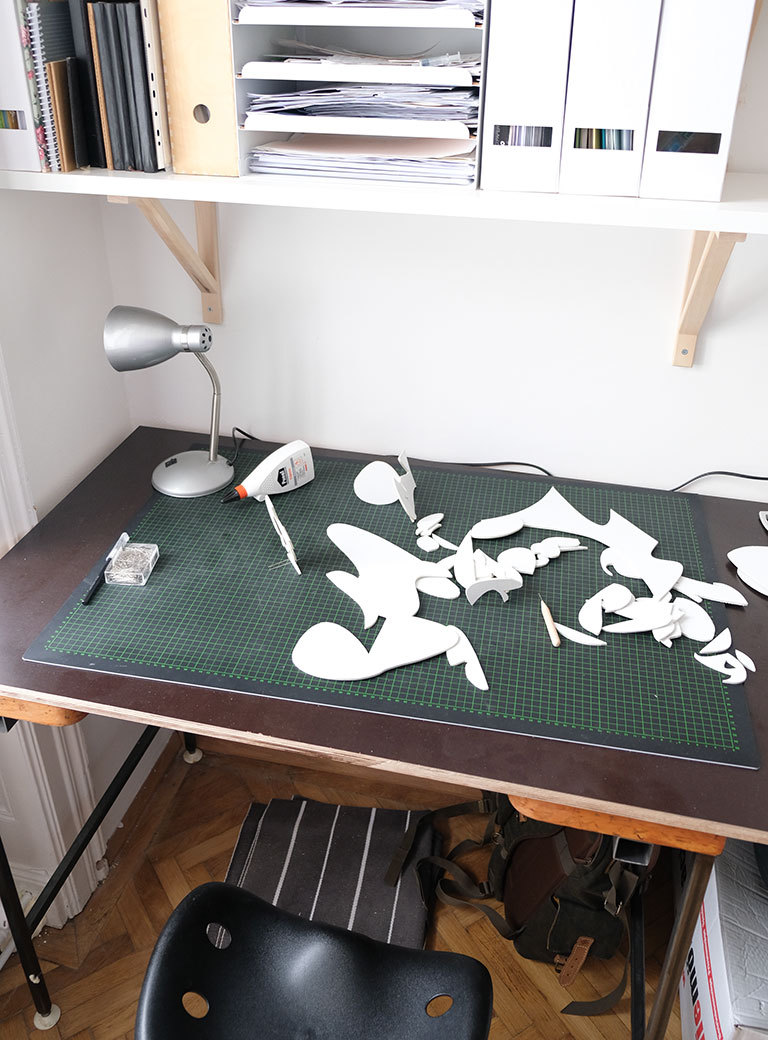
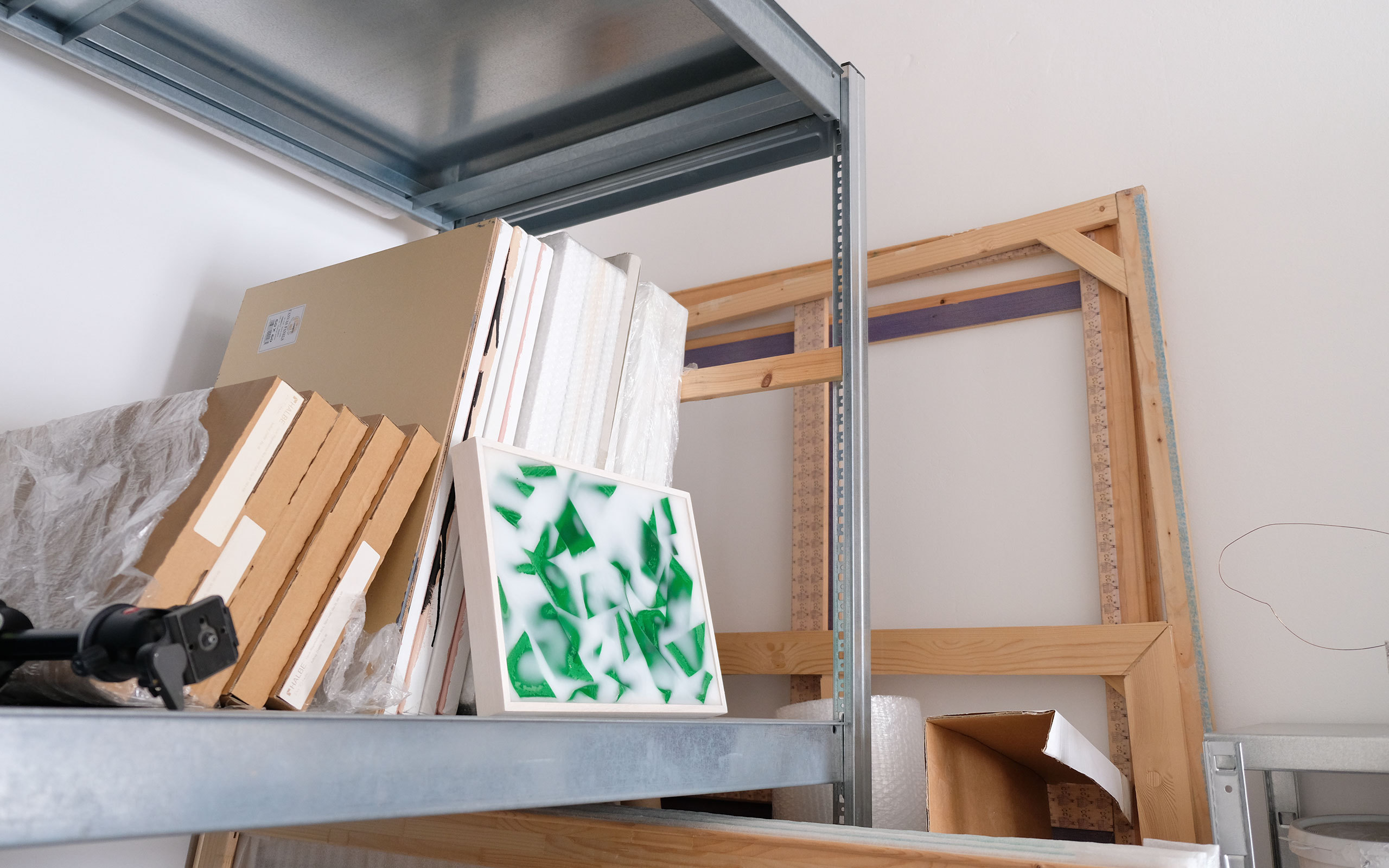
In Australia you started off studying graphic design. Was it a big shift when you came into Heimo Zobernig’s class at the Akademie der Bildenden Künste?
Yes and no. After all Heimo is also doing some publication design such as the Albert Oehlen catalog. So he has a broader understanding of the spheres of art and design. The strong emphasis on drawing and the studio skills practice were things I learned in Australia that proved to be helpful later on. On the other hand, studying art in Australia is a lot like studying business just with different content. The idea is to get people in and out of university as quickly as possible. In Austria there is an awareness that things might need a bit longer even though that is changing now too...
I’m sure there were some things that were harder to get used to.
When I first got to the Akademie the class meetings were in a small room. Everyone sat around a big table in the winter light, chain smoking. This was all a bit daunting especially since my German skills weren’t really there at all. All I had was my little dictionary which I used to try and catch up with the discussions. So the entry was a little difficult but it didn’t take long for me to feel more comfortable in my new surroundings and in the end the informal meetings among the classmates turned out to be as helpful as the official ones.
You run an online art space called Cointemporary. Can you tell us more about that project?
Together with Valentin Ruhry I founded the first Bitcoin gallery in the universe. What I like about Cointemporary is that two different audiences meet there: We are reaching both users interested in the art and users interested in the technology behind the platform. So far we have sold quite a few works for Bitcoin to a wide range of people and we also facilitated the first sale of a digital artwork to a museum with Bitcoin as the unit of account and its provenance on the Blockchain. That was the MAK (Museum für Angewandte Kunst in Vienna) buying a screensaver. We even ended up in meetings with top venture capitalists.
Are there other uses for Blockchain technology in your own practice or the wider art world?
At the Vienna University of Economics they just opened a new department for crypto-economics (Forschungsinstitut für Kryptoökonomie) and one of my open source 3D-printed bronze sculptures will be permanently installed at the university. The file you need to print the sculpture will also be accessible to the students via the Blockchain. It is important to not only think of the Blockchain as a tool for financial transactions. We will see some fleshed out use cases realised in other areas very soon and one of them could be the art market. Data regarding provenance, insurance, and transportation of artworks could be stored in private Blockchains so that packets of information can easily be made available on a permission basis. That way you can share precisely as much information as you need to in order to keep things moving. Another area is decentralized social news platforms, such as Sapien.network. I think society is waking up to the real dangers that centralized companies present when owning and storing our user data.
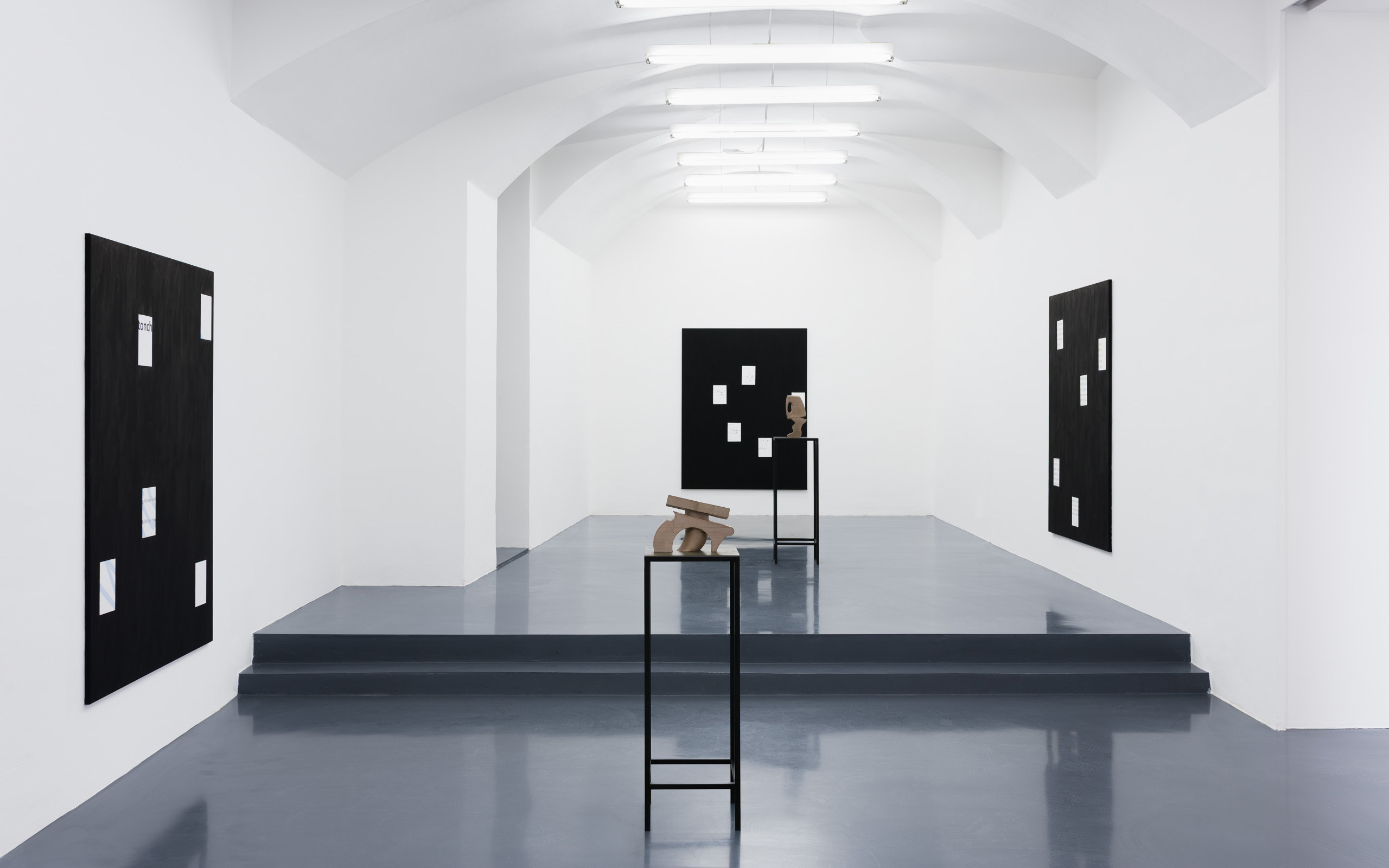
Andy Boot, Smart Sculptures, 2017, Installation view, Galerie Emanuel Layr, Vienna
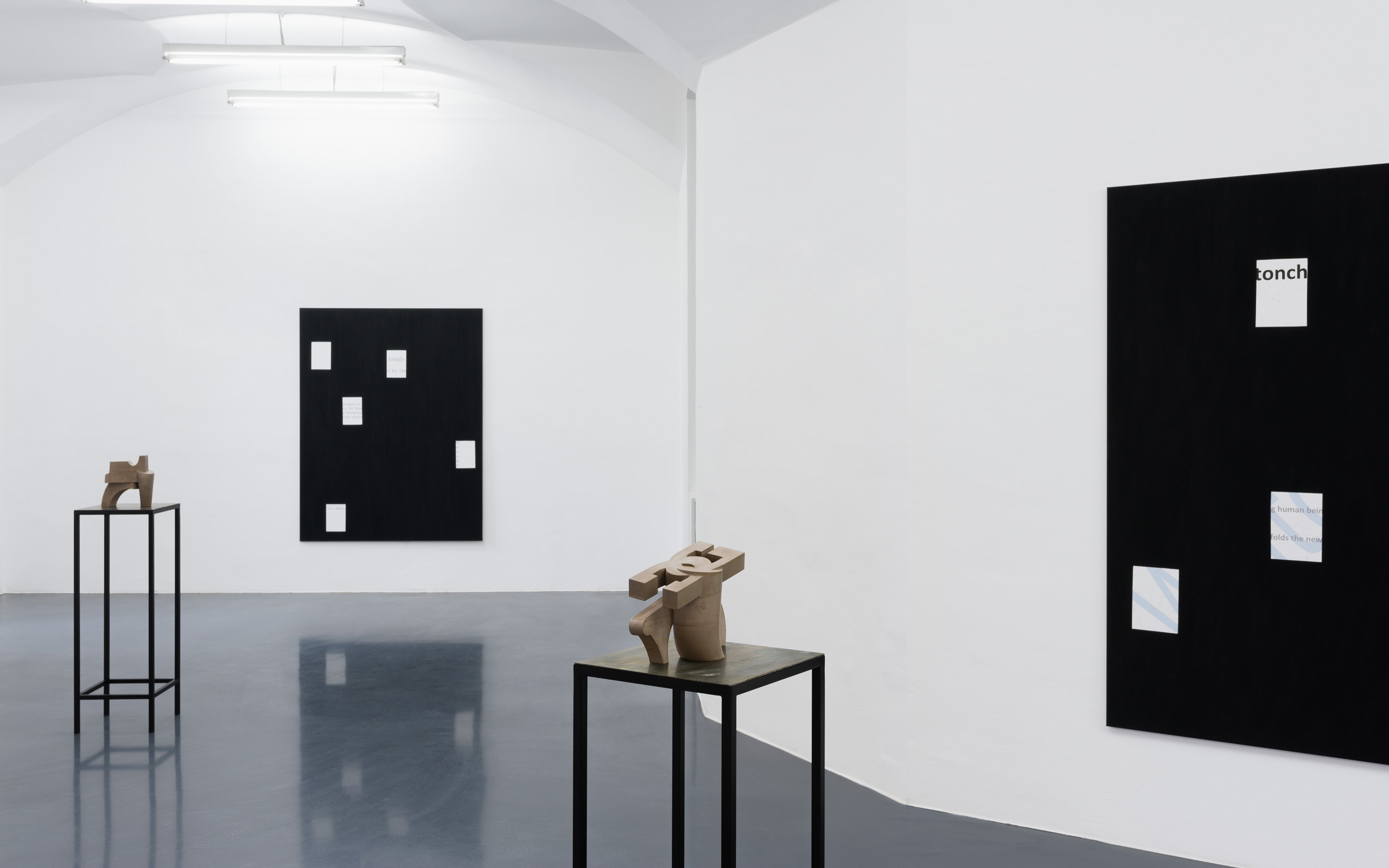
Andy Boot, Smart Sculptures, 2017, Installation view, Galerie Emanuel Layr, Vienna
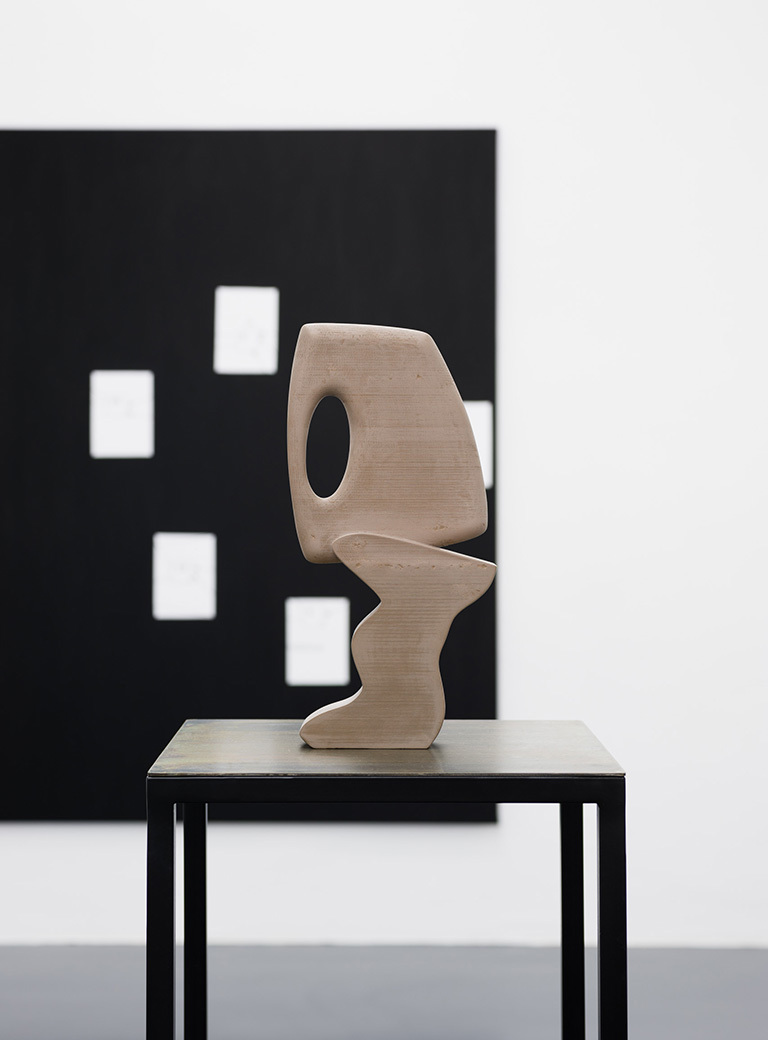
Andy Boot, Smart Sculpture (one), 2017, 3D printed bronze and plastic composite
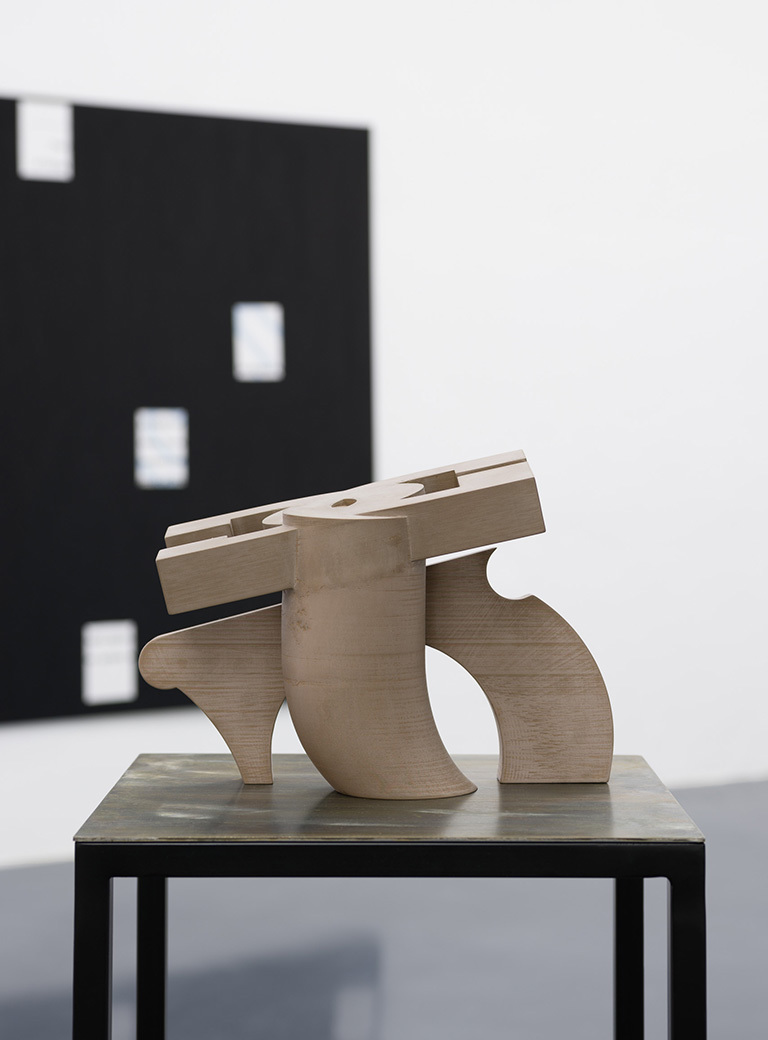
Andy Boot, Smart Sculpture (two), 2017, 3D printed bronze and plastic composite
It seems like you are following the developments of Blockchain technology very closely, maybe even closer than the art world?
Yes, I’m a bit bored by the art discussions at the moment. I don’t want to say that I’m not interested in what’s happening, I’m just fatigued by the news side of things. In the world of Blockchain, on the other hand, everything is moving so fast and it affects more than just one industry. In fact, that technology has the potential to affect everything in society. It takes people from a lot of different backgrounds to build something like that and it is really interesting to watch the developments.
Talking about the future: You have a son who’s in kindergarten. What sort of approach does he have to your work?
Of course he sees my work in all different stages and I also take him with me to the gallery. He picks up on so many different things. After seeing my show at Emanuel Layr’s, for instance, he brought me this (shows the book We Go to the Gallery by Dung Beetle Learning). He can’t really speak yet but he points at works sometimes and laughs when he likes them. I don’t want to force anything on him but I like encouraging these quiet moments and love drawing with him.
Can you already tell us about ideas for new work which are growing in your mind?
As I have said, I am quite deep into the Blockchain community, and it will remain important ongoing research for me. The overlay of physical and digital spaces and data in general will stay relevant for me. I feel that there is a shift in people’s attitudes to user data and there is a growing awareness that it is not OK for a centralized organization to own your data and gamify your experiences. People are wising up to that and I think there is going to be one leak which is going to be a pivotal moment for people to question what sort of data these companies are collecting on us. That is something I am quite interested in and something that might manifest itself in my work.
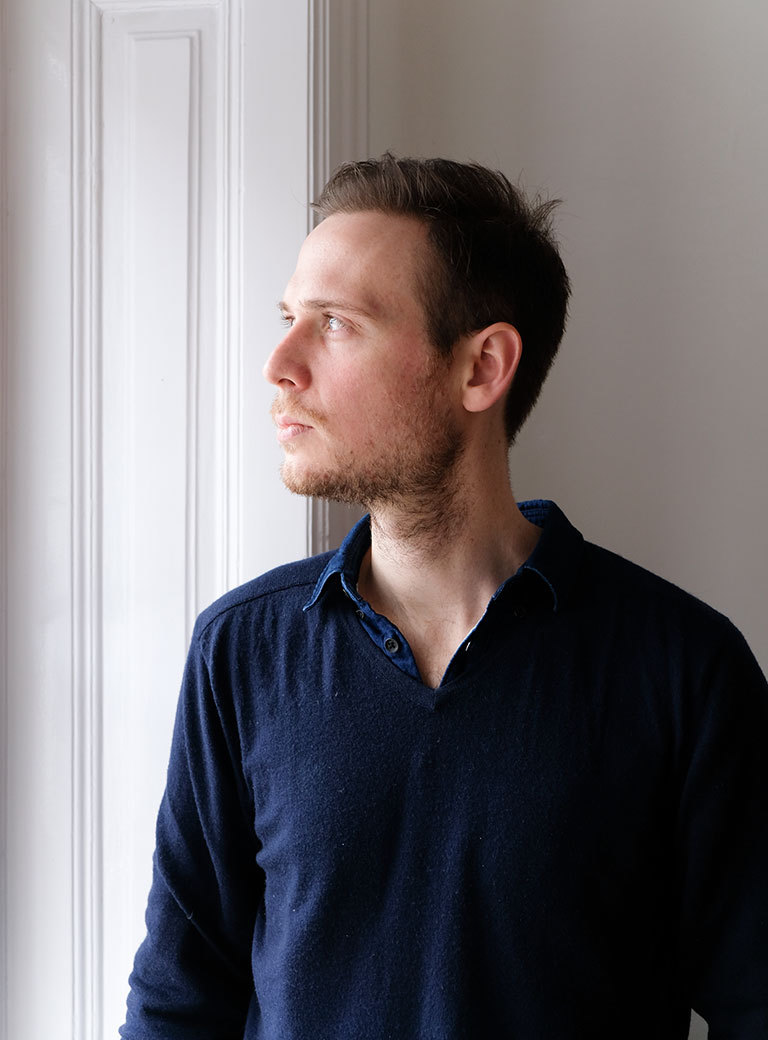
Interview: Gabriel Roland
Photos: Florian Langhammer
Links:
Andy Boot's website
Galerie Emanuel Layr, Vienna
Croy Nielsen, Berlin/Vienna


